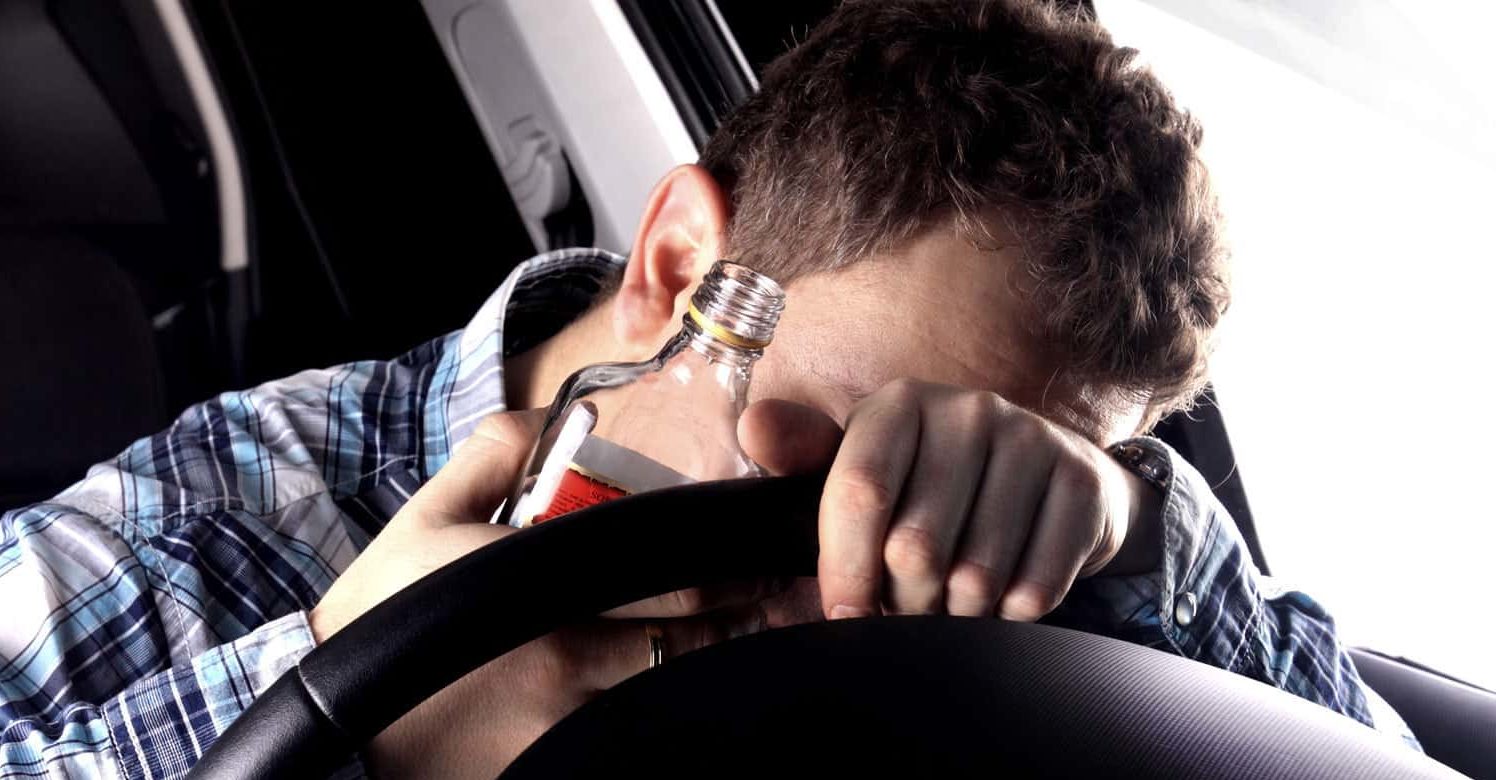
Alcohol and its effect on driving
How Alcohol Impairs Driving?
Alcohol is a major risk to driving. When driving on the road, you need to concentrate by keeping your eyes on the road, reacting to changing road conditions and controlling different aspects of your vehicle. By drinking alcohol and driving, you slow down your ability to control the steering wheel, the brakes and gas pedal. The effect of alcohol on driving is detrimental.

Reaction Time and Physical Impacts
There has been abundance of research that shows Alcohol affects the brain and how it reduces your reaction time. Studies have shown that reaction time increases from 1.5 seconds to 3 seconds when blood alcohol content (BAC) reaches 0.08. If it normally takes you 1.5 seconds to react to something, you will be taking 3 seconds to react. If you’re driving 60mph, you will travel 130 feet in 1.5 seconds so that means if you drink and drive, you will be stopping 130 feet later than if you are sober. The brain is part of the Central Nervous System (CNS) and it’s made up of billions of neurons. The neurons forms a network that carries information to the neck and arms, trunk, legs, skeletal muscles, and internal organs. Muscle coordination decreases while intoxicated and the driver is very likely to respond incorrectly to their environment. This means if you see a change in signal, you may not respond properly by braking and instead accelerate instead. You may also not respond at all because you are not concentrated at the task at hand. This is extremely dangerous to both the driver, passenger and other drivers and pedestrians on the road. A driver will have trouble doing basic tasks to drive a car safely if they are impaired by alcohol. A driver needs to multi-task by scanning the road, adjusting their speed and reacting to other vehicles and pedestrians. All of this will be affected by drinking. Research have shown that behaviors such as steering and braking will be affected with BAC starting at 0.05. Everyday, 28 people in the US die from motor vehicle crashes that’s alcohol related (1 death every 51 minutes).
Effects at different BAC levels:
| Blood Alcohol Concentration (BAC)* | Typical Effects | Predictable Effects on Driving |
| .02% About 2 alcoholic drinks** |
|
|
| .05% About 3 alcoholic drinks** |
|
|
| .08% About 4 alcoholic drinks** |
|
|
| .10% About 5 alcoholic drinks** |
|
|
| .15% About 7 alcoholic drinks** |
|
|
Making Bad Decisions
Because the prefrontal cortex is not mature, alcohol can harm a teen’s ability to reason and make choices. Teens may do something simply because it is fun or feels good and they can take risks they would not usually take. Because connections between the prefrontal cortex and the ventral striatum are still maturing, alcohol can affect those connections. As a result, teens may do impulsive things, such as drinking and driving or having unprotected sex. Both of these activities can have negative consequences. This will be very dangerous because they may not even know they are impaired and will continue to drive thinking everything is fine. When driving impaired, the driver may take reckless decisions they may not normally make such as driving too quickly or making frequent lane changes. As you can see in the table above, BAC of 0.02 can affect a person’s decision-making abilities. Don’t drink and drive! Check out 101 DUI Tips to avoid getting in trouble and losing your license.


